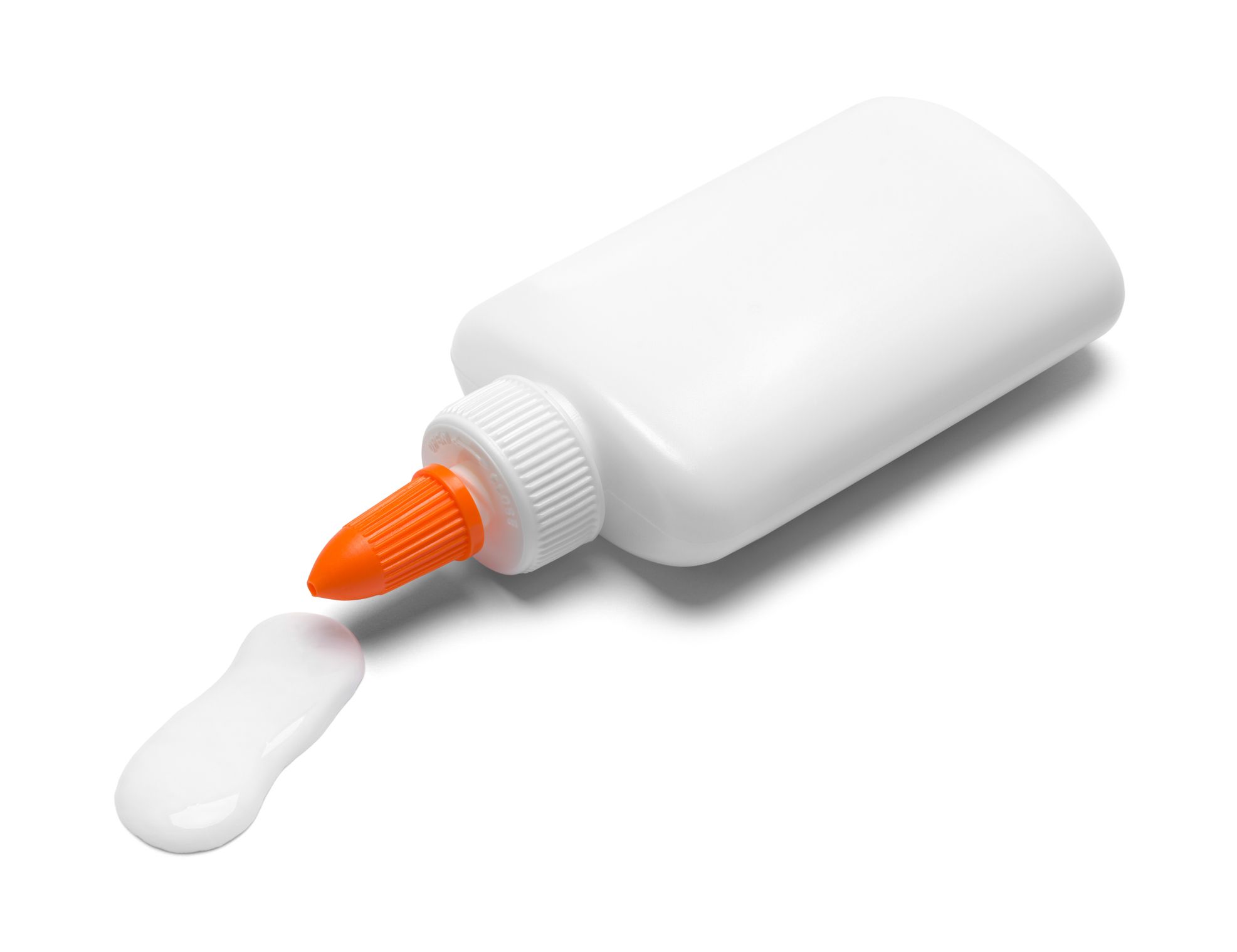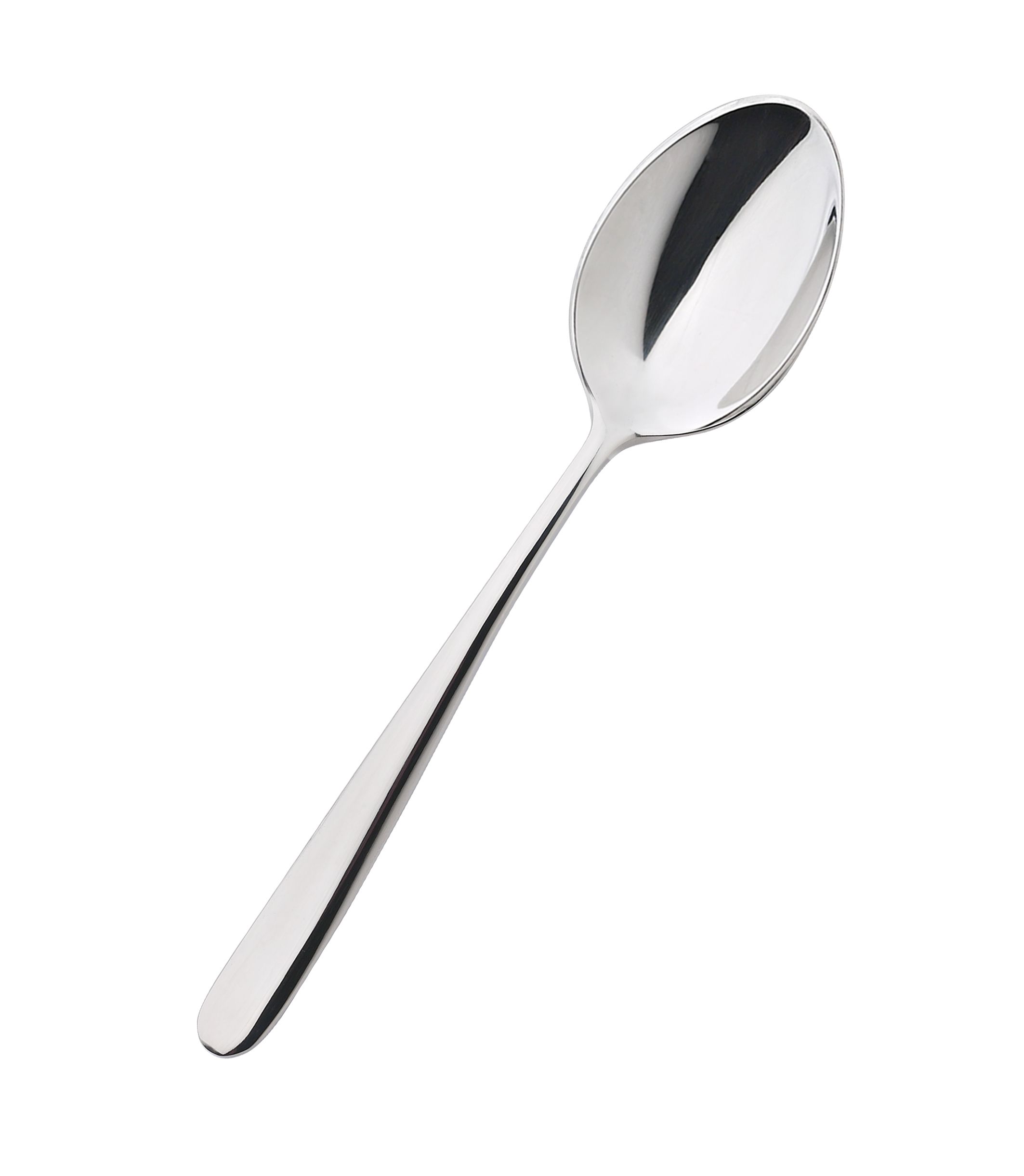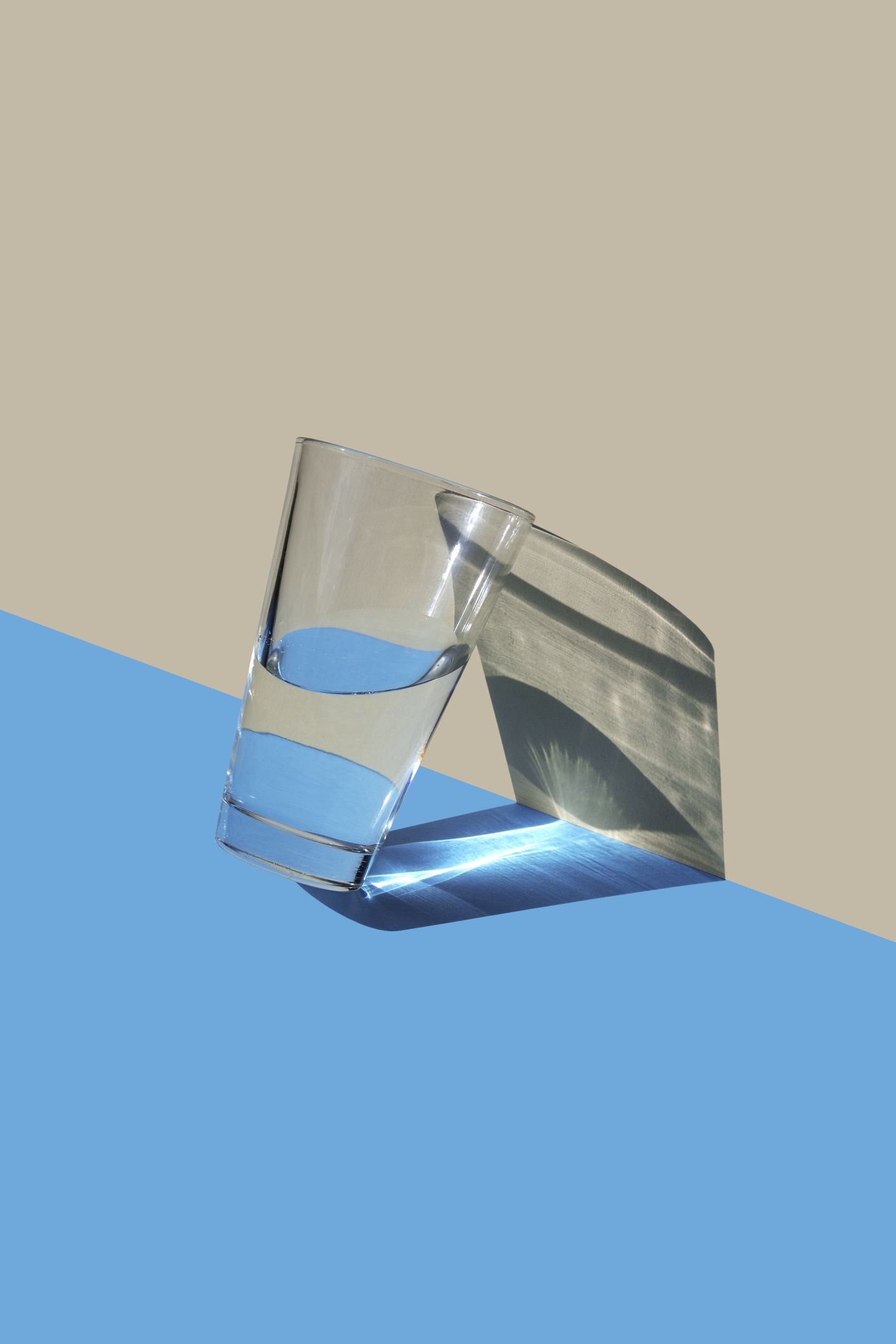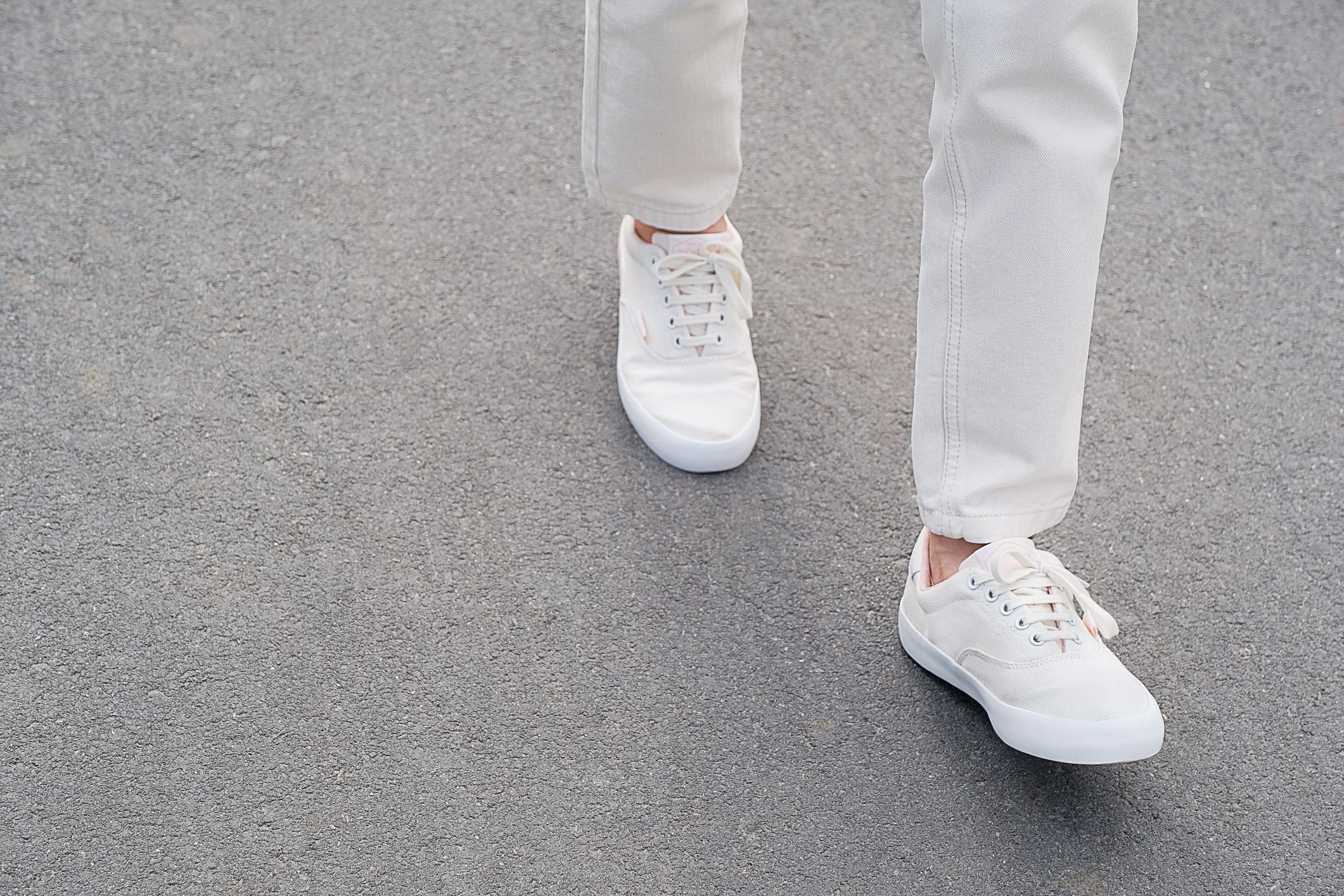Hitting a major health goal like getting stronger muscles or having a healthier heart can take a lot of patience and hard work. But when you’ve got an itchy bug bite, a headache, the hiccups, or an actual pain in your neck, you want relief right now. We’ve rounded up expert-approved tricks—many of them using everyday products you already have in your house—for feeling better in just a few short minutes.










Talaj ©Getty Images
1) Boost your blood sugar by drinking skim milk
In a perfect world, you would eat well-rounded meals at regular intervals, keeping your blood sugar steady from morning until night. But when you’re slammed at work, have to ferry your kids to a million activities, or just haven’t had a moment to sit down for a proper meal, you can wind up lightheaded, shaky, and anxious. A quick, long-lasting fix? Chug down 3/4 cup to 1 cup of skim milk. “Lactose is a fast-acting carbohydrate—within a few minutes, it will move from your stomach to your intestines and start converting into blood sugar,” says Wendy Bazilian, dietitian and author of The SuperFoodsRx Diet. Why skim? The fat in 2% or whole milk slows down the effect of the blood sugar increase and energy boost. If you’re on a vegan diet or lactose intolerant, a small handful of dried fruit with nuts can do it too.
Talaj ©Getty Images
2) Sooth a superficial wound with honey
Got a scrape or a first-degree burn? Slather on honey for instant relief—specifically Manuka honey, which contains an antibacterial, anti-inflammatory compound called methylglyoxal (MGO), which offers broad-spectrum protection against at least 80 strains of microorganisms, including MRSA and Strep A. (It disinfects without stinging, making it a smart choice for kids’ ouches.) Apply to a clean cut or burn as you would antibiotic ointment, covering it with a bandage, says dermatologist Emily Rubenstein. Change the bandage daily, reapplying honey as needed. This is for minor cuts and burns only—if there is excessive bleeding, or a burn is blistering or swelling, get medical help.
Talaj ©Getty Images
3) Lubricate dry eyes with cold drops
Dry eyes are super common—especially in women, and more so as they age, says eye surgeon Dr Alan Mendelsohn. To pump up the relief you get from eye drops, store them in the fridge. The cold temperature changes the viscosity “so they penetrate the corneal surface better than they would at room temperature,” Dr Mendelsohn says. Plus, cool drops are just a lot more comforting. If you’re not feeling relief after several days, see your eye doctor to rule out an infection.
Talaj ©Getty Images
4) Remove a splinter with glue
The usual go-to for splinter removal is tweezers or a needle. But that can hurt, says medical anthropologist Terry Graedon PhD. Plus, the traditional splash of rubbing alcohol or wave of a flame doesn’t truly sterilise. Instead, try squirting plain white glue over the splinter. Let it dry, then pull it off in the direction opposite that from which the splinter entered. It should slide out pretty painlessly.
Talaj ©Getty Images
5) Relieve itchy bites with a spoon
When a mosquito nips you right on the ankle or arm, try this surefire fix: Wet a small metal spoon, pop it in the freezer for five minutes, then apply it to the bite. The cold temp constricts blood vessels so the histamines from both the insect’s saliva and your immune system can’t spread as far, reducing the itchiness. There’s also a little bit of Jedi-mind-trick action, Dr Rubenstein says: “The cold distracts your itch receptors so you don’t notice the sensation as much.” Repeat as often as needed.
Talaj ©Getty Images
6) Shut down hiccups by plugging your ears and swallowing
You can stop asking someone to scare the hiccups out of you—this remedy really works! The best way to do it: Have someone else firmly plug your ears while you drink a large glass of water. “Swallowing stimulates your vagus nerve,” explains pediatric emergency doctor Dr Amyna Husain. The vagus sends a message from the brain to the diaphragm—the muscle that powers hiccups—to calm down. Swallowing slowly also pauses your breathing, giving the diaphragm a needed break.
Talaj ©Getty Images
7) Dial down stress with a podcast
The next time you feel anxious, tune in to a short podcast for a natural chill-out response. Listening to a great story kicks off a “neural ballet” that starts with a slightly increased heart rate (thanks to a dopamine rush) followed by a surge of oxytocin, which acts like a pressure-release valve for stress, says Paul Zak PhD, a behavioural neuroscientist. He adds that the topic of the story doesn’t matter; as long as there’s a plot-line that draws you in and makes you care, it creates a sense of immersion that’s associated with improved mood.
Talaj ©Getty Images
8) Tame a headache with a glass of water
If you have a headache, gulp down a glass of water. Sometimes dehydration is the cause, says hydration researcher Stavros Kavouras PhD. He says that when you skimp on H2O, the body secretes hormones in anticipation of what it thinks will be a state of dehydration, and some of those hormones can cause a headache. The brain itself may also slightly shrink without sufficient water, which doesn’t feel good.
Talaj ©Getty Images
9) Work out a crick in your neck by walking
Sleep in an awkward position, and you can wake feeling as if your head is locked in one position: This happens when one of your cervical joints isn’t moving as freely as it should. To loosen it up, take a stroll. When you walk at a decent pace, your arms naturally swing, creating motion in all those muscles, “which very gently relieves tension in the neck,” explains orthopaedic physiotherapist, Shani Soloff. You can exaggerate the swing slightly, but not to the point of making arm circles, she says. Just walk as you normally would, keeping your shoulders relaxed the whole time. (Don’t carry a bag, and no talking on the phone—that will create more tension in your neck.)
Talaj ©Getty Images
10) Reduce a bee's sting with meat tenderiser
That meat tenderiser in your pantry can actually treat bee and wasp stings: “Choose a tenderiser that contains papain, a chemical in papaya that breaks down meat proteins—it can also break down proteins in bee or wasp venom,” Dr Husain says. First, be sure the stinger is out of your skin by flicking it off with your fingers. Then create a paste of tenderiser and water and leave it on for 15 to 20 minutes. If you experience any allergic reactions to the sting, get help immediately.






.png&h=193&w=250&c=1&s=1)
.png&h=193&w=250&c=1&s=1)

